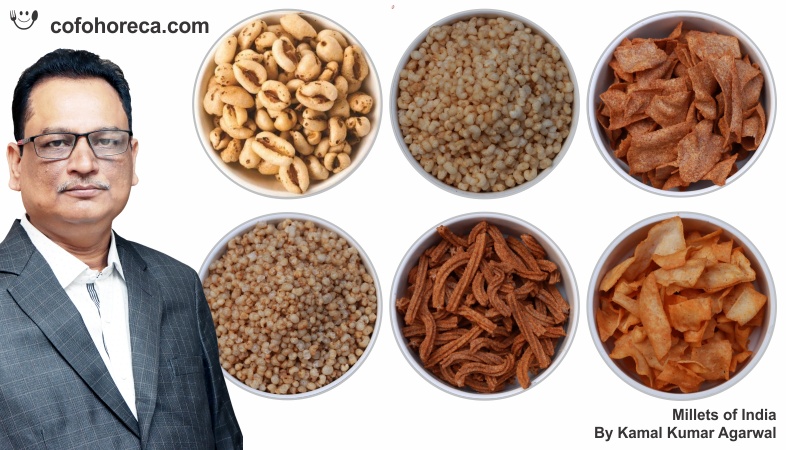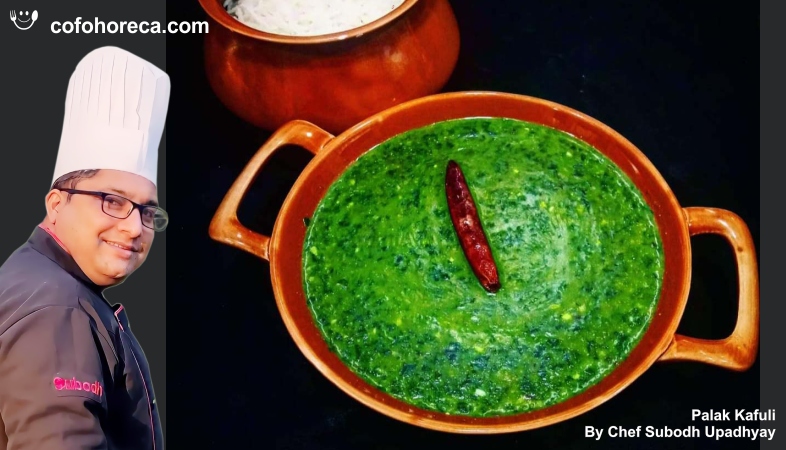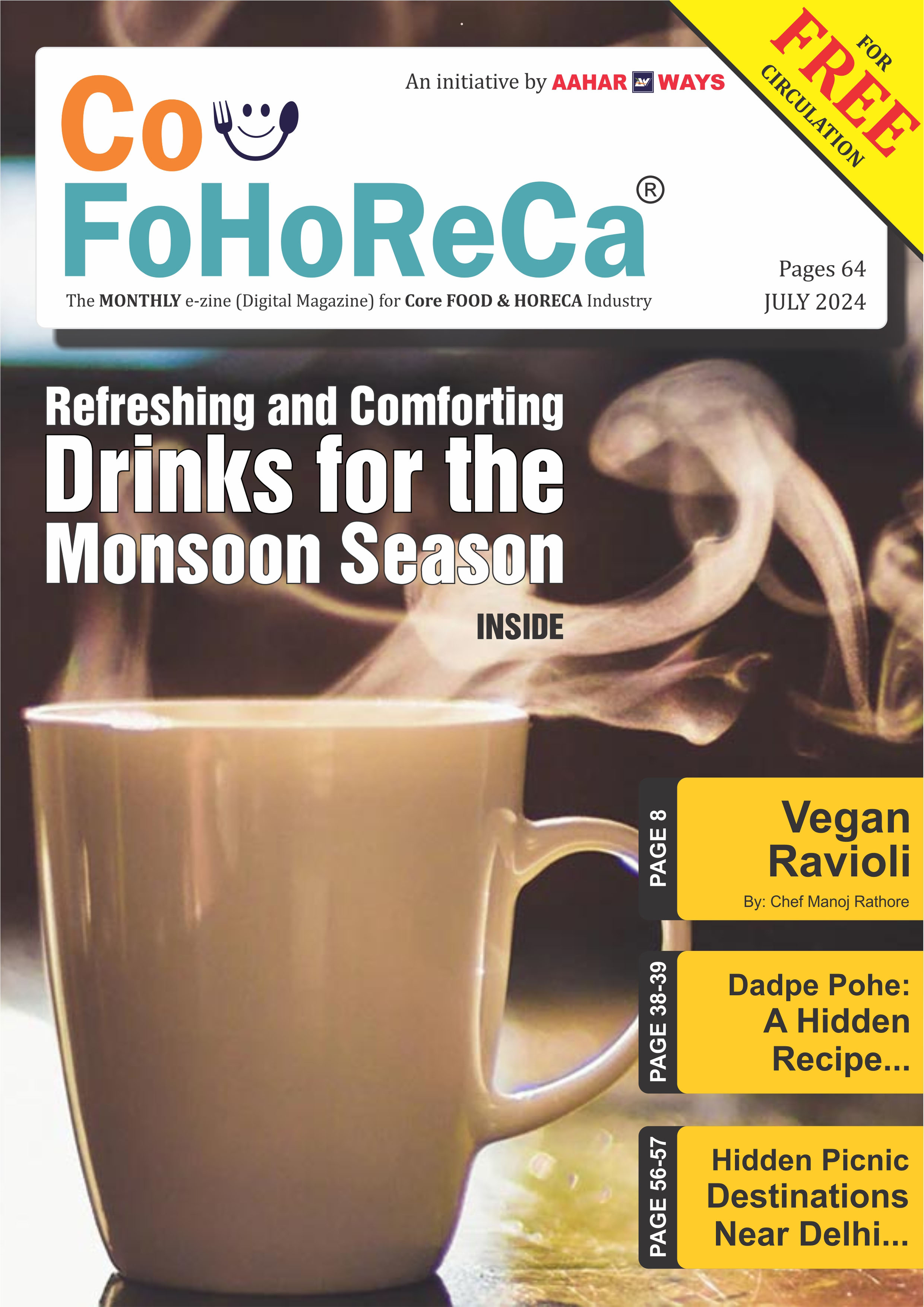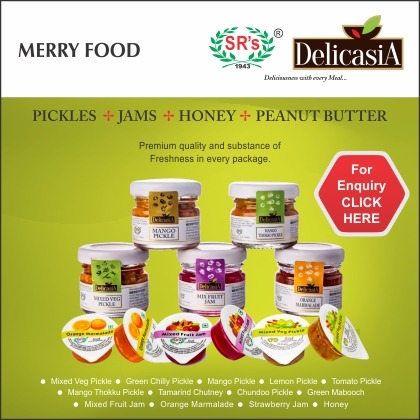Seasonal Menu Planning: Highlighting Fresh Ingredients
Seasonal menu planning is a cornerstone of culinary excellence, emphasizing the use of fresh, locally sourced ingredients to create vibrant and flavorful dishes.
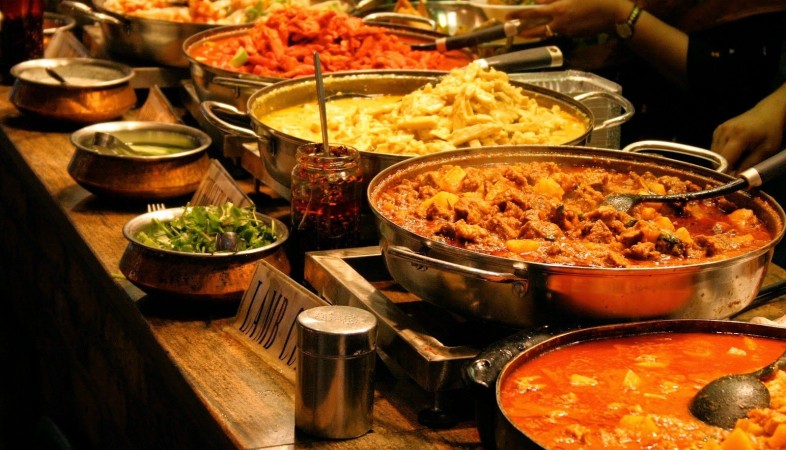
Seasonal menu planning is a cornerstone of culinary
excellence, emphasizing the use of fresh, locally sourced ingredients to create
vibrant and flavorful dishes. By aligning menu offerings with seasonal
availability, chefs can showcase the best of each season's bounty while
appealing to guest preferences for fresh, nutritious, and sustainably sourced
food. Here’s how to effectively highlight fresh ingredients in seasonal menu
planning:
1. Understanding Seasonal Availability: Begin by researching and understanding the seasonal availability of ingredients in your region. Identify peak seasons for fruits, vegetables, herbs, and proteins that thrive locally during specific times of the year. This knowledge forms the foundation for crafting seasonal menus that celebrate freshness and flavor diversity.
2. Curating Seasonal Menus: Design seasonal menus that highlight fresh ingredients as the focal point. Feature seasonal produce prominently in appetizers, salads, main courses, and desserts. Incorporate seasonal flavors and textures to create dishes that resonate with guests' seasonal cravings and preferences for wholesome, farm-to-table dining experiences.
3. Collaboration with Local Suppliers: Build strong relationships with local farmers, growers, and suppliers to source high-quality, seasonal ingredients. Partner with farmers' markets, community-supported agriculture (CSA) programs, and artisanal producers to access a diverse selection of fresh produce, dairy, meats, and specialty products. Prioritize ingredients that are sustainably grown and harvested to support local economies and minimize environmental impact.
4. Menu Development and Innovation: Encourage creativity and innovation in menu development by experimenting with unique flavor combinations and culinary techniques that showcase seasonal ingredients. Incorporate seasonal herbs, spices, and sauces to enhance dishes and elevate their taste profiles. Rotate menu offerings periodically to highlight new seasonal ingredients and keep the dining experience exciting for guests.
5. Promotion and Guest Engagement: Promote seasonal menus through digital platforms, social media channels, and on-site marketing materials. Highlight featured ingredients, chef recommendations, and the farm-to-table journey of each dish to educate guests about the benefits of seasonal dining. Offer tasting menus, chef's specials, and seasonal promotions to encourage exploration and increase guest engagement with seasonal offerings.
6. Training and Education: Educate kitchen staff and service teams about seasonal ingredients, their flavor profiles, and culinary uses. Conduct tastings, workshops, and menu training sessions to familiarize staff with seasonal menu items, preparation techniques, and ingredient sourcing. Empower staff to share their knowledge with guests, enhancing the dining experience through informed recommendations and menu insights.
7. Flexibility and Adaptability: Remain flexible and adaptable in response to seasonal fluctuations in ingredient availability and guest preferences. Monitor market trends and adjust menu offerings accordingly to capitalize on emerging culinary trends and seasonal shifts in consumer demand. Maintain a balance between guest favorites and seasonal innovations to optimize menu appeal and profitability.
Seasonal menu planning and highlighting fresh ingredients, restaurants and hospitality establishments can deliver exceptional dining experiences that resonate with guests, support local communities, and promote sustainability. Through collaboration with local suppliers, creativity in menu development, and strategic promotion, chefs can showcase the diversity and abundance of each season's harvest, inspiring culinary excellence and guest satisfaction year-round.
.png)











